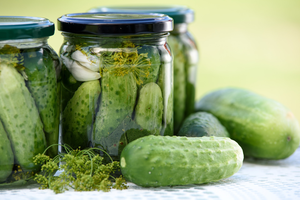A bit of an infosec heavy newsletter this week.
The USA wants to ban CVEs from the DoD, a blue team vuln graph tool, Digital
Ocean dumps Mailchimp, and some advice on improving your opsec.
We also have some deep nerd stuff on what network packets look like on an
oscilloscope, bootable USBs, and how Janet Jackson can crash your laptop.
For this week's Long Read, I give away the source of some of my secret consulting knowledge.
Subscriber Only Content
This content is only available to PivotNine subscribers.
Contact sales today to learn more about our subscription services.
Apply Now
Already a subscriber? Log in to view the rest of this content.

